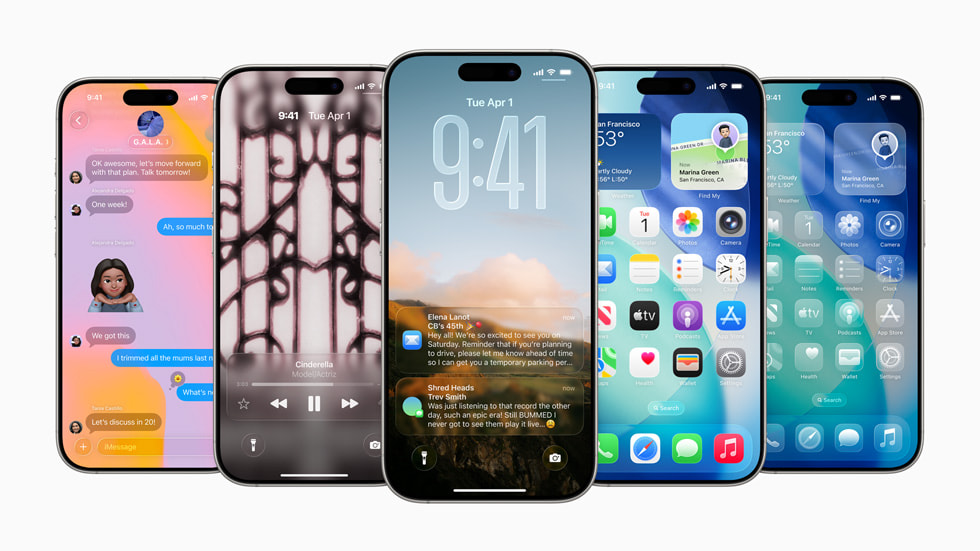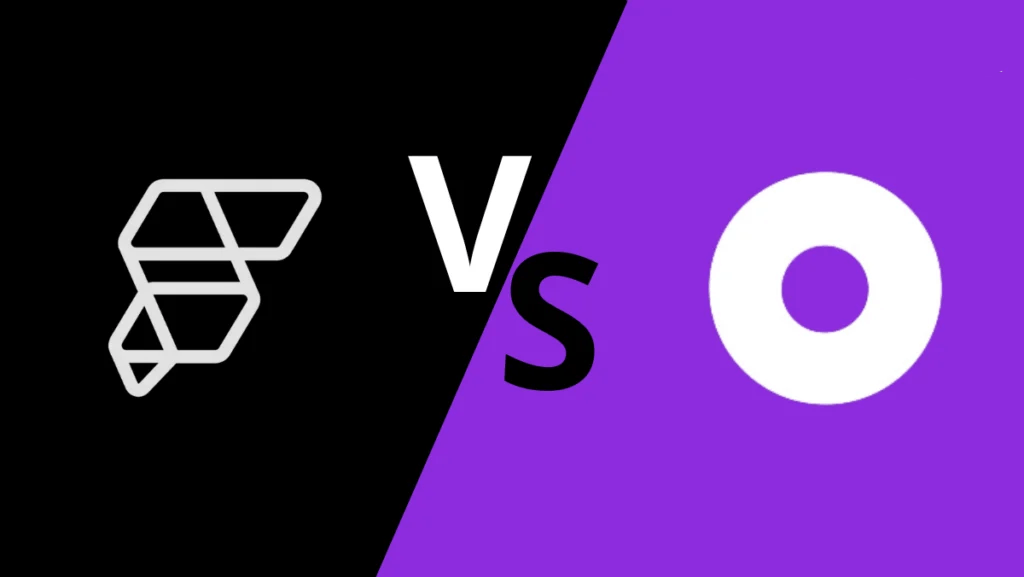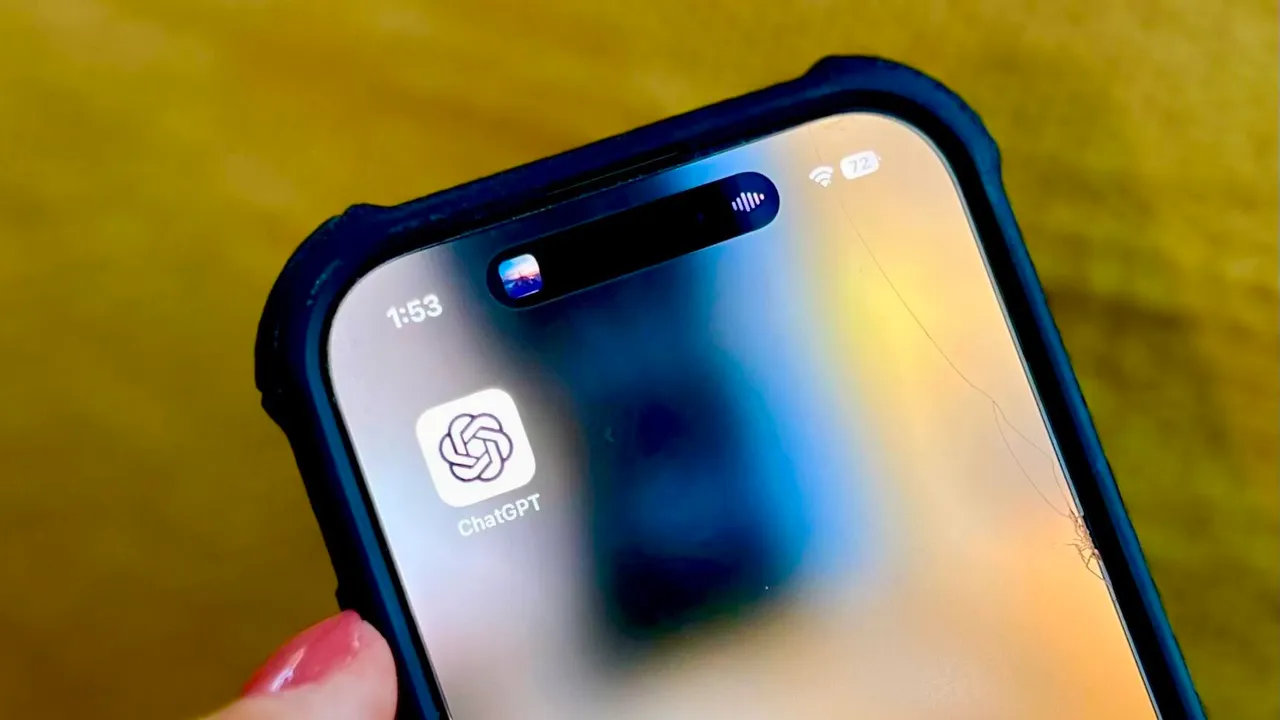Apple has once again set the tech world abuzz with the unveiling of iOS 26, the latest iteration of its mobile operating system for iPhones. Announced at WWDC 2025, iOS 26 promises a significant refresh, focusing on a striking new design language, enhanced AI capabilities, and a host of practical improvements that aim to elevate the user experience.
While the full public release is slated for mid-September 2025 alongside the iPhone 17 lineup, the public beta is already available as of July 2025, allowing eager users to get a sneak peek (and help iron out any kinks!).
So, what’s new and noteworthy in iOS 26? Let’s break it down.
The “Liquid Glass” Redesign: A Visual Overhaul
The most immediate and striking change in iOS 26 is the introduction of the “Liquid Glass” design language. This represents the first major visual overhaul since iOS 7, bringing a sleek, contemporary, and highly translucent aesthetic across the entire operating system.
- Translucent Elements: Expect to see more transparency and blurring effects in widgets, app icons, and even through a new “all-clear mode” that complements the existing light and dark modes.
- Unified Look: This new design aims for a more uniform and cohesive look across all Apple devices, from iPhone to iPad and macOS (which will also be getting a “26” designation, like macOS 26 Tahoe).
- Enhanced Customization: The Liquid Glass design also brings new customization options to app icons and widgets, including a “clear” look for a minimalist feel. For those who prefer less transparency, Apple has included an accessibility setting to “Reduce Transparency.”
Apple Intelligence Takes Center Stage
Deep integration of Apple Intelligence (Apple’s AI suite) is a cornerstone of iOS 26, bringing smarter and more intuitive features to your daily tasks.
- Live Translation Everywhere: The Live Translation feature is now system-wide, integrated into Messages, FaceTime, and the Phone app. This enables real-time translation of text and audio, making multilingual conversations seamless.
- Visual Intelligence: Apple’s answer to “Circle to Search,” Visual Intelligence allows you to snap a screenshot and immediately search for anything visible within any application – from text and objects to places.
- Smarter Messages: The Messages app gets a significant upgrade with new features like typing indicators in group chats, the ability to create polls (with AI suggesting when a poll might be useful!), custom backgrounds, and enhanced message screening for unknown senders.
- Adaptive Power Mode: For iPhone 15 Pro models and newer (requiring Apple Intelligence), a new Adaptive Power Mode intelligently makes small performance adjustments (like slightly lowering display brightness) to extend battery life when usage is higher than usual.
Key App Enhancements & Practical Improvements
Beyond the visual and AI-driven changes, iOS 26 delivers a wealth of practical enhancements to core applications and system functionalities:
- Revamped Camera and Photos: The Camera app sports a cleaner, more intuitive layout, while the Photos app introduces a tabbed interface for easier navigation between your library and curated albums.
- Safari’s Edge-to-Edge Browse: Safari now offers a true full-screen Browse experience, allowing web pages to flow from top to bottom while still providing easy access to essential actions like refresh and search.
- Phone App Overhaul: The Phone app gets a unified layout for Favourites, Recents, and Voicemails. A new Call Screening feature builds on Live Voicemail, automatically answering unknown calls and transcribing the caller’s message to help you decide whether to pick up.
- Custom Ringtones: Users can now personalize their devices with unique custom ringtones.
- Pinned Music Widgets: Quick access to your favorite music is made easier with pinned music widgets, now with full-screen album art support extended to third-party apps.
- Wi-Fi Aware & Captive Assist: iOS 26 introduces Wi-Fi Aware, allowing third-party apps to create AirDrop-like features for direct device-to-device communication without internet, and Captive Assist, which syncs public Wi-Fi logins across your Apple devices to avoid repeated form filling.
- Custom Snooze Duration: Your alarm clock gets an upgrade! You can now customize the snooze duration from 1 to 15 minutes.
- Battery Drain Warnings: The battery settings now provide more detailed information and will alert you if your battery is draining too quickly, even identifying the culprit app.
- “Keep Audio in Headphones” Feature: This handy setting prevents new Bluetooth devices from automatically taking over your audio, ensuring your sound stays where you want it.
- Focus Modes for SIM Cards: For those with multiple SIMs or eSIMs, you can now apply Focus modes to specific SIMs, making it easier to separate work and personal communications.
- New Bookmarking Gesture in Safari: A quick double-tap on the three-dot menu at the bottom of Safari will now bring up bookmarking options.
Compatibility and Release Timeline
iOS 26 is expected to support a wide range of devices, including the iPhone 12 series and newer, as well as the iPhone SE (2nd gen and newer). However, it’s worth noting that support for older models like the iPhone 11 series may be dropped.
As mentioned, the public beta is already out, giving users an early taste of the new features. The official public release of iOS 26 is anticipated in mid-September 2025, coinciding with the launch of the new iPhone 17 models.
Final Thoughts
iOS 26 represents a significant leap forward for iPhone users, blending a stunning new visual experience with powerful AI capabilities and a host of thoughtful improvements. While the “Liquid Glass” design is sure to spark discussion, the underlying enhancements in communication, productivity, and overall user control make iOS 26 an eagerly anticipated update. If you’re keen to explore the future of your iPhone, consider trying out the public beta – but remember, it’s still in development, so expect some potential bugs!




